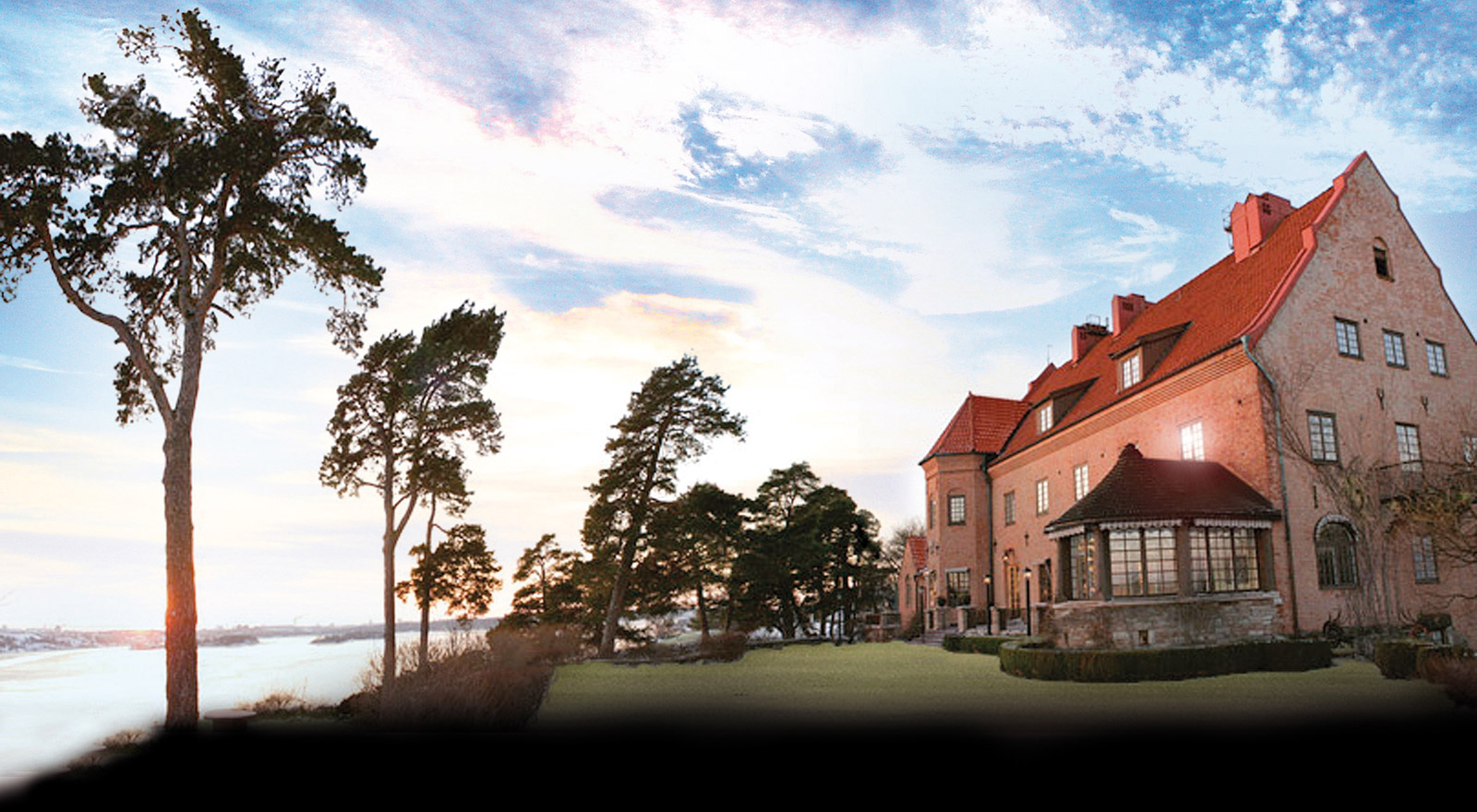Quantum Connections in Sweden-10 Summer School
Fåhraeus salen
Högberga Gård
Venue
Högberga Gård, Lidingö, Sweden
 |
Scope
The Quantum Connections 2022 is part of the Quantum Connections series of scientific events, a summer school that is organized for graduate students and postdocs in all aspects of quantum frontiers.
Quantum Connections events are organized jointly by the Department of Physics and Nordita (hosted by Stockholm University, KTH-Royal Institute of Technology, and Uppsala University), together with TD Lee Institute and Wilczek Quantum Center at Shanghai Jiao Tong University.
Curriculum: Short courses from Quantum Matter, Quantum Information, and Quantum Sensing. From theory to computations and experimental results.
Invited Lecturers
| Name |
|---|
|
|
|
|
|
|
|
|
|
|
|
|
|
|
|
|
|
|
Poster
 |
Accommodation
For the "non-local" participants who don't live in the Stockholm area, we have provided accommodation at the summer school's venue and will send the information to those participants individually.
Please be aware that unfortunately, scammers sometimes approach participants claiming to be able to provide accommodation and asking for credit card details. Please do not give this information to them. For invited speakers and also successful applicants, organazers will always be in touch via email regarding accommodation. If you are in any doubt about the legitimacy of an approach, please get in contact with the organizers. quantum.connections@fysik.su.se
Application
The intended audience is Ph.D. students and junior researchers in quantum phenomena and condensed matter physics.
You apply to the Quantum Connections School in two steps:
- Fill in the APPLICATION FORM in the menu to the left
- Ask your supervisor or another reference person to send a recommendation letter via e-mail to:quantum.connections@fysik.su.se. The subject line should contain: "QC2022" and "name of the applicant".
Both steps must be completed by March 30, 2022.
You will be informed by the organizers shortly after the application deadline whether your application has been approved or not. Due to space restrictions, the total number of participants is strictly limited.
There is no registration fee. We will cover the local expenses (housing, meals, airport transfer) for non local participants during the school. Participants cover their own travel expenses to Stockholm.
The Organizing Committee
| • Frank Wilczek (Chair) | Stockholm University, Stockholm |
| • Egor Babaev | KTH-Royal Institute of Technology, Stockholm |
| • Emil Bergholtz | Stockholm University, Stockholm |
| • Hans Hansson | Stockholm University, Stockholm |
| • Wei Ku | Shanghai Jiaotong University, Shanghai |
| • Antti Niemi (Scientific coordinator) | Stockholm University, Stockholm |
| • Pouya Peighami(Event coordinator) | Stockholm University, Stockholm |
| • Alfred Shapere | University of Kentucky, Lexington |
| • Biao Wu | Peking University, Beijing |
| • Elizabeth Yang | Stockholm University/Nordita, Stockholm |
COVID-19 Restrictions
We will keep the participants updated about any changes in the restrictions and if they will affect the event.
Sponsored By
 |
 |
 |
 |
 |
 |
 |
Contact
quantum.connections@fysik.su.se
